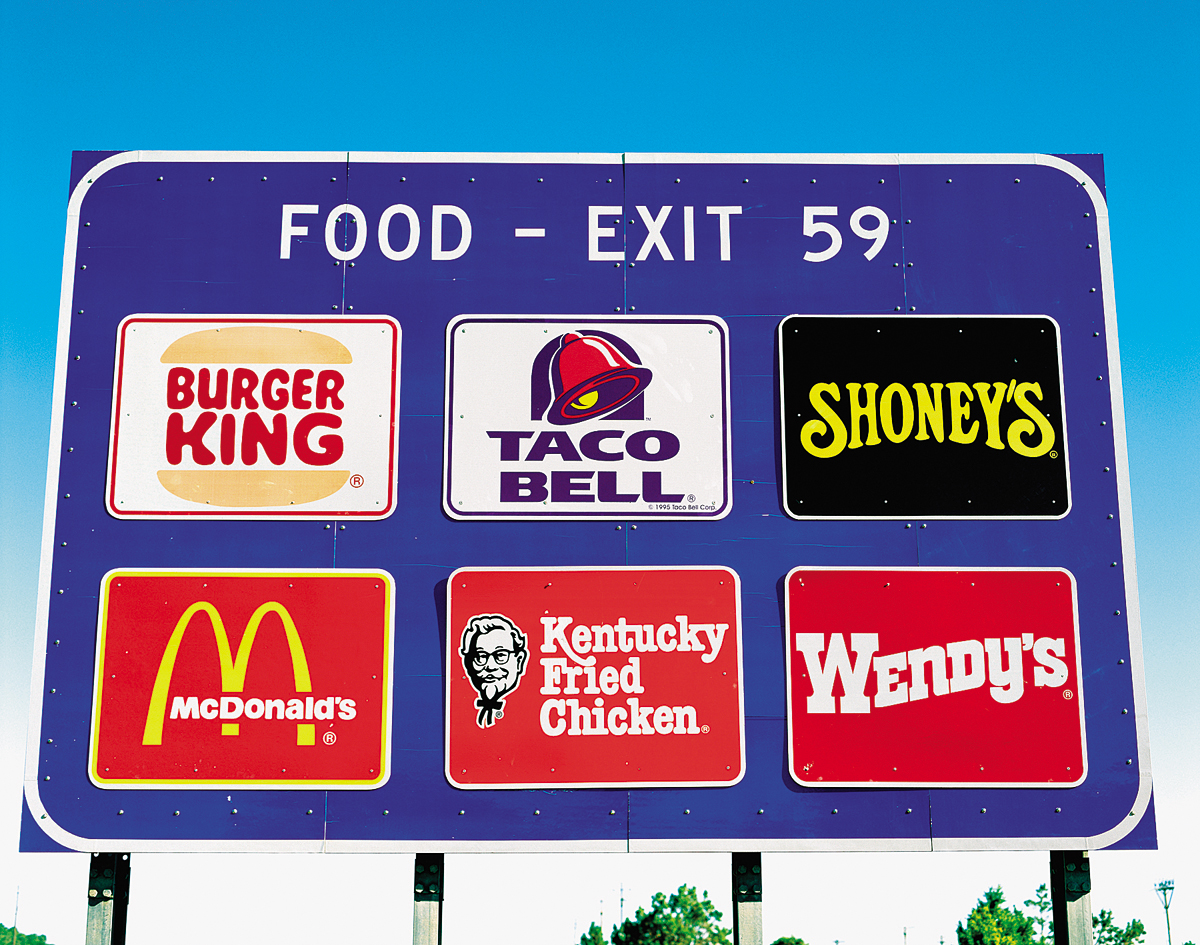Corporate Misdeeds and the Differentiation Dance
The agricultural products company Archer Daniels Midland (also known as ADM) has often described itself as “supermarket to the world.” In 1993, executives from ADM and its Japanese competitor Ajinomoto met to discuss the market for lysine, an additive used in animal feed. In this and subsequent meetings, the two companies joined with several other producers to set targets for the price of lysine, behavior known as price-fixing. Each company agreed to limit its production to achieve the price targets, with the goal of raising industry profits. But what the companies were doing was illegal, and the FBI had bugged the meeting room with microphones and cameras hidden in table lamps. Over the past few years, there have been numerous investigations and some convictions for price-fixing in a variety of industries, from insurance to college education to computer chips. Despite its illegality, some firms continue to attempt to fix the prices of their products.
In the fast-food market, it is the legal practice of product differentiation that occupies the minds of marketing executives. Fast-food producers go to great lengths to convince you they have something special to offer beyond the ordinary burger: it’s flame broiled or 100% beef or super-thick or lathered with special sauce. Or maybe they offer chicken or fish or roast beef. The differentiation dance goes on in the pizza industry as well. Pizza Hut offers cheese in the crust. Papa John’s claims “better ingredients.” Dominoes has a “new recipe,” and if you don’t want thin crust, the alternative isn’t “regular,” it’s “hand tossed”! The slogans and logos for fast-food restaurants often seem to differ more than the food itself.
To understand why ADM engaged in illegal price-fixing and why fast-food joints go to great lengths to differentiate their patties and pizzas, we need to understand the two market structures in between perfect competition and monopoly in the spectrum of market power—oligopoly and monopolistic competition. The models of these two market structures are at the same time more complicated and more realistic than those we studied in the previous section. Indeed, they describe the behavior of most of the firms in the real world.
